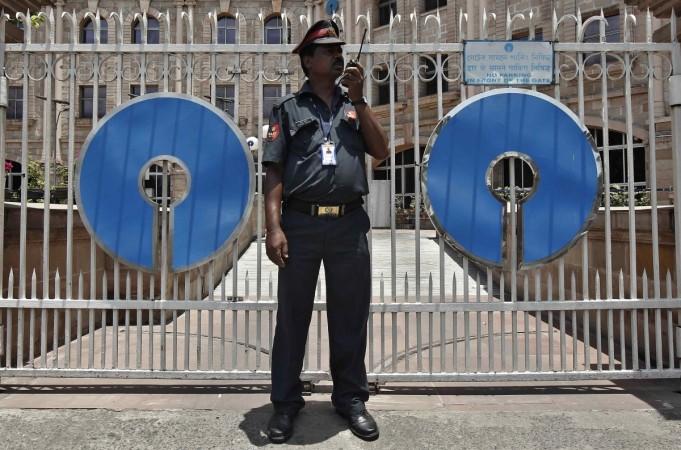
State Bank of India (SBI), the nation's top lender by assets, reported its second straight quarter of profit on Friday after more than a year in the red, though profit lagged analyst estimates as provisions for bad loans increased.
SBI and peers such as ICICI Bank Ltd (ICBK.NS) have suffered a surge in bad loans as economic expansion slowed to less than 5% in the past two fiscal years -- the worst spell of sluggish growth in quarter of a century.
Signs of revival in economic indicators have made banks optimistic, though a high level of bad loans is widely expected to persist for the next few quarters while credit growth continues to hover near its slowest in a decade.
SBI, which accounts for about a quarter of loans and deposits in India, reported a 52% rise in provisions for bad loans in July-September at ₹40.28 billion ($653.47 million).
That led to net profit of ₹3,100 crore, an increase of 30.5% from the same period a year earlier but short of the ₹32.54 billion average estimate of analysts in a Reuters poll.
More than two dozen state banks account for over 70% of advances -- and also the bulk of the bad loans. Analysts estimate banks will need as much as $110 billion over the next four years to comply with global rules for bank reserves, designed to prevent bad loans crippling the banking system.
SBI's net non-performing loans as a percentage of advances was 2.73% in the fiscal second quarter, from 2.66% in the previous three months. Interest earned in the quarter rose 10% from a year earlier to ₹372.63 billion.
Shares of SBI were 2.8% higher after the earnings announcement, versus a 0.4% rise in BSE Sensex.

















